Mechanical Strength Properties of Timber
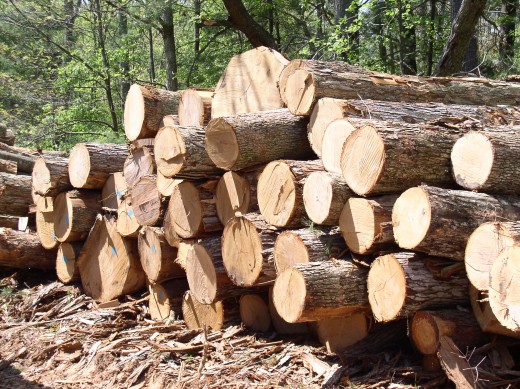
The general term “strength” as loosely applied to timber covers a number of specific strength properties, or mechanical properties as they are sometimes called, which the timber may possess to varying degrees. Thus, before the suitability, as regards to ‘strength’, of a particular species can be assessed, consideration must be given to the specific mechanical properties appropriate to the proposed use.
Although, within very broad limits, most strength properties are proportional to the density of the species, there may be marked differences in certain specific properties between timbers of the same weight. Thus, homegrown ash, having the same weight and bending strength as beech, by virtue of which it has acquired it special reputation in manufacture of sports good and other articles in which ‘toughness’ is important. For use as a beam, there two timbers are equally strong, but where suitability for say, hockey sticks is in question, ash is definitely superior to beech. This one example, out of many similar which would be cited, illustrates the importance when comparing timbers, of taking into account the intended uses.
Generally, the strength requirements are covered by eight strength properties, which are discussed briefly below. Values for these properties are obtained from standard tests on samples free from all defects such as knots, checks, shakes or distorted grain which may be found in timber of structural sizes; and which influence the strength to a greater or less degree. These values are basic strength data and from the best foundation for accurate comparison of one species to another.
In most instances, however, all that is required is a broad comparison between species or an indication of suitability or any of as regards strength for a particular purpose. For this a grouping in broad classed for each of four important strength properties namely bending strength, stiffness, resistance to suddenly applied loads, and compression strength parallel to the grain. A grouping of hardness, or resistance to indentation has not been included as this property is closely related to destiny.
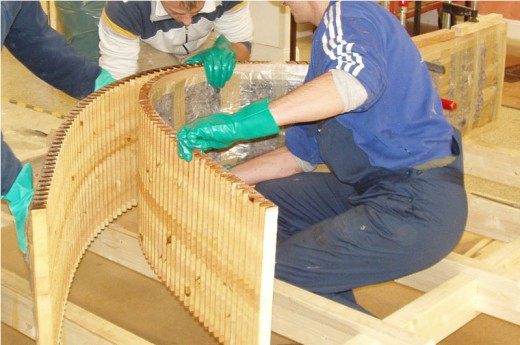
1. Maximum bending strength (equivalent fiber stress in maximum load)
This property is a measure of maximum stress which timber can momentarily sustain when loaded slowly and continuously as a beam. It is of primary importance in timbers subjected to transverse bending.
2. Stiffness (Modulus of Elasticity)
This property is of importance in determining the deflection of a bream under load -- the greater the stiffness, the less the deflection. It is usually considered in conjunction with bending strength , as, for many uses, stiffness is an advantage. The modulus of elasticity is also the critical property determining the strength of a long column or strut, as distinct from a short column, for which maximum compressive strength (q.v.) is an essential property.
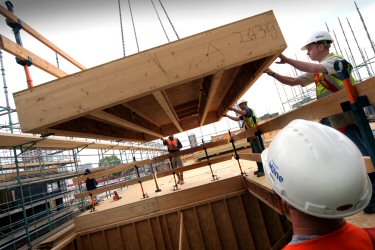
3. Energy Consumed to Total Fracture (Total Work)
This property is a measure of the ability of the timber to absorb energy and is, therefore, of particular importance where timbers are to be subjected to considerable bending under heavy loads as with shunting poles, wheel spokes, etc. This property is closely allied to the toughness of timber.
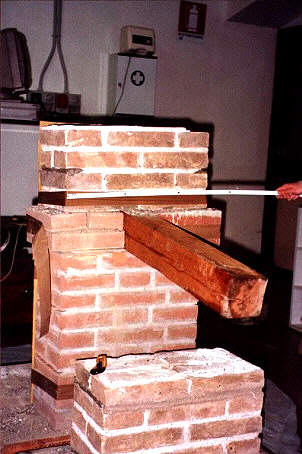
4. Resistance to Suddenly Applied Load (Impact)
The standard method of determining this property is to drop a weight from increasing heights on to a beam supported near the ends. The height of drop at which the beam breaks is a measure of the property.
An alternative method is to measure the energy absorbed in fracturing by a single blow, a notched specimen fixed at once end as a cantilever.
A third method which is frequently used, is the toughness test. In this a test piece 10 in. long and 5/8 in. square, freely supported over a span of 8 in., is broken by a single blow centrally applied by a machine of the pendulum type. The energy absorbed by the test piece during fracture, calculated from the angle of swing of the pendulum before and after impact, is taken as a measure of toughness of timber.
Resistance to suddenly applied loads, as measured by these tests is closely related to the aforementioned property ‘total work’. Species which rank high in the one usually do so in the other, but there are exceptions, such as home grown ash and beech. When seasoned, they have about the same values of maximum drop of weight, but the total work of ash is 50% greater than for beech. Where toughness in use is particularly desirable, high values for total work should be considered the more important.
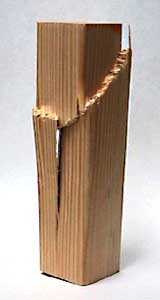
5. Maximum Compressive Strength Parallel to Grain
This property measures the ability of the timber to withstand loads applied on the end grain and is of importance where use as short columns or props is contemplated. Resistance to end grain crushing is required in many types of fastenings and should then be considered in conjunction with the two following properties.
6. Resistance to Indentation (Hardness)
This property is measured by the resistance offered by the timber to indentation to a given depth by a standard steel ball. The property is of importance when timbers are joined together, and also in timber to be used for such purposes as sports goods, bearing blocks etc.
Although often referred to as hardness, this property does not include any measure of resistance to abrasion, a factor often underlying the everyday use of the word hardness. Special tests have been devised to measure resistance of timbers to abrasion
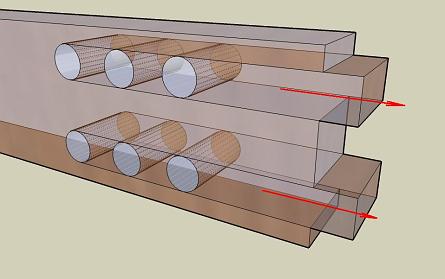
7. Shearing Strength
This property is a measure of the resistance of the timber when the forces acting on it tend to make one part slide over another, in a direction parallel to that of the grain. It is of considerable importance in beams, where the depth is large relative to the length, and, as mentioned above, in timbers fastened by bolts or other forms of connection.
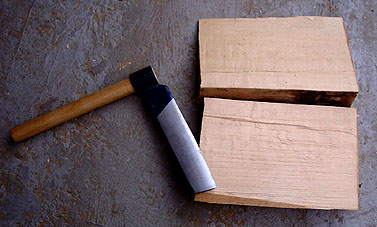
8. Resistance to Splitting (Cleavage)
A high resistance to splitting is of importance where timbers are to be nailed or bolted. On the other hand, a low value for this property may be an advantage where timbers have to be cleft before use. Resistance to splitting, with many species, may vary considerably with the plane of cleavage, the timber in such instances usually splitting more readily normal to the rings (radially) than parallel to the rings (tangentially).
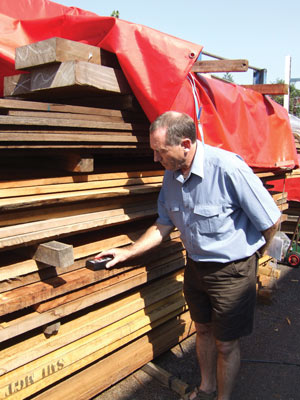
9. Effect of Moisture Content on Mechanical Properties
Reduction of moisture content from that of the green state to a value generally between 25% - 30% for most species has no effect on the mechanical properties of timber, but further reduction causes a marked increase in most of the properties referred above. Bending strength, stiffness, compressive strength, shearing strength, and resistance to indentation are all increased as a result of seasoning, the degree of increase depending on the property, the species and the final moisture content. For many timbers, increases of over 100% are shown in compressive strength on seasoning from green state to a moisture content of 12%.
Energy consumed to total fracture, resistance to suddenly applied loads and resistance to splitting are less affected by reduction of moisture content, some species showing light decreases in these properties as a result of seasoning.








